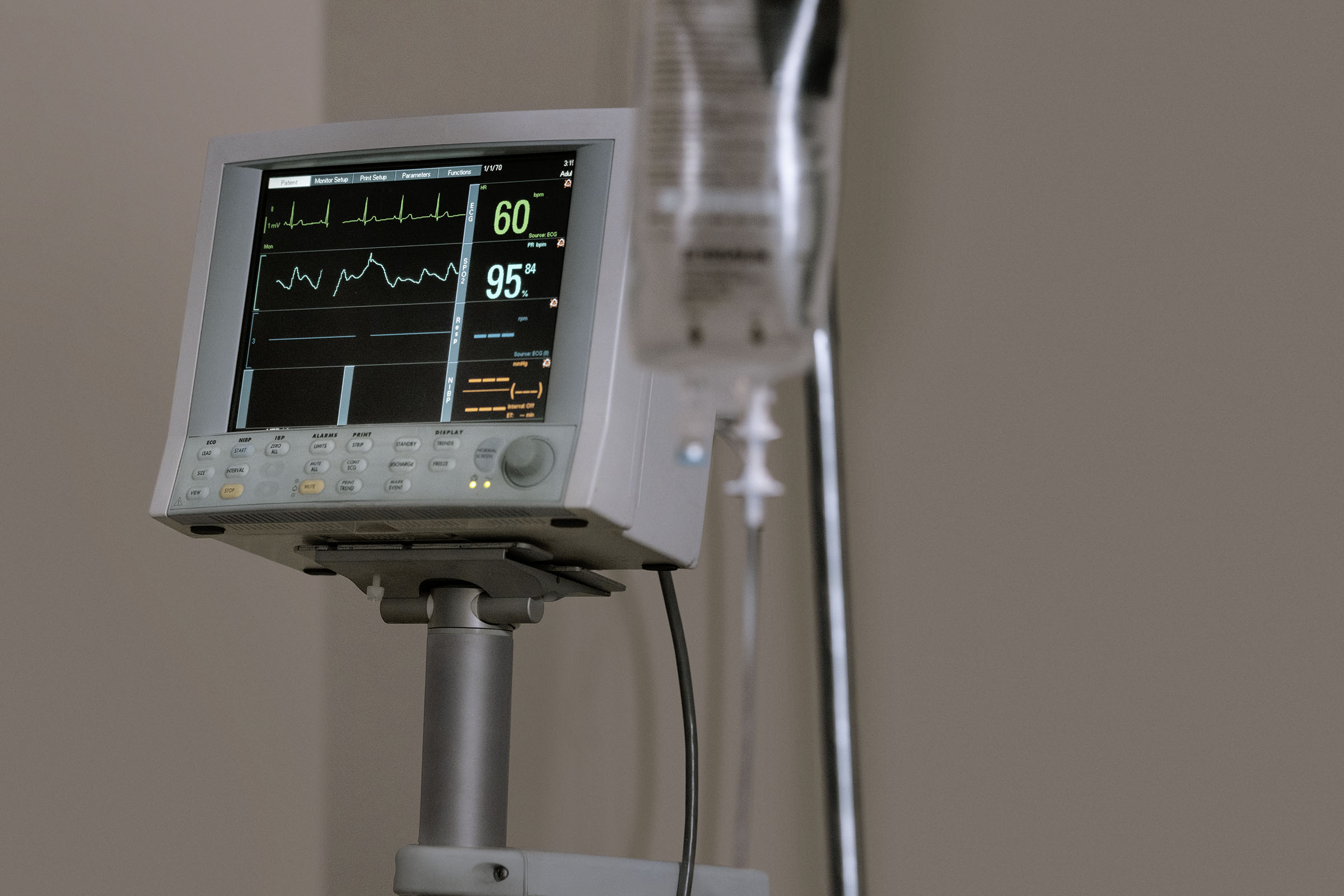Analytics is playing an increasingly important role in accurate risk stratification, for example, helping to predict which individuals might develop common and expensive conditions such as diabetes or heart failure.
Integrating such actionable insights into clinician workflow helps raise awareness of risk for both clinician and patient and leads to recommendation of evidence-based preventative measures to reduce risk.
Healthcare organizations can follow these steps to utilize analytics in their own workflows:
• Identify the developing sources of big data in healthcare, both within and external to the EHR
• Apply predictive models to specific healthcare challenges and opportunities, such as managing prediabetes and diabetes at a population level
• Use analytics to achieve outcomes that drive care value
Case study for diabetes and prediabetes in populations
To make predictions using data, I worked with a team of experts who created a machine learning framework to process and analyze large sets of data, and initially set their sights on predicting progression to Type 2 diabetes, a very common, costly and potentially preventable condition.
Drawing upon EHR data that consisted of 60 million patients across all 50 U.S. states as well as social determinant data from other sources, our team derived a model that predicted progression from pre-diabetes (abnormal blood sugar levels, but not high enough to be considered diabetes) to Type 2 Diabetes within 24 months. Social determinant data included Mean Adjusted Gross Income by zip code that is publicly available through the U.S. Internal Revenue Service.
Such actionable insights, when provided within clinician workflow at the point of care or within a population health dashboard, can lead to initiating discussion with patients to help manage their conditions. Clinicians can counsel patients about the importance of modest weight loss, regular moderate exercise and possibly treatment with metformin, a medication proven to reduce risk for progression to Type 2 diabetes in those at increased risk.
Over time, the impact of these actionable insights can be measured, and might include the number of newly diagnosed cases of diabetes compared to a prior time period when these insights were not readily available to clinicians.
Analytics for the future
The clinical use cases for predictive analytics are many and will become increasingly common. As our experience with using advanced analytics tools and integrating them into clinician workflow increases, we expect to see a positive impact on patients our clients serve.
Learn how Allscripts predictive analytics tools can help your organization change what’s possible in patient care.
Editor's Note: This article originally appeared on Allscripts' website.


